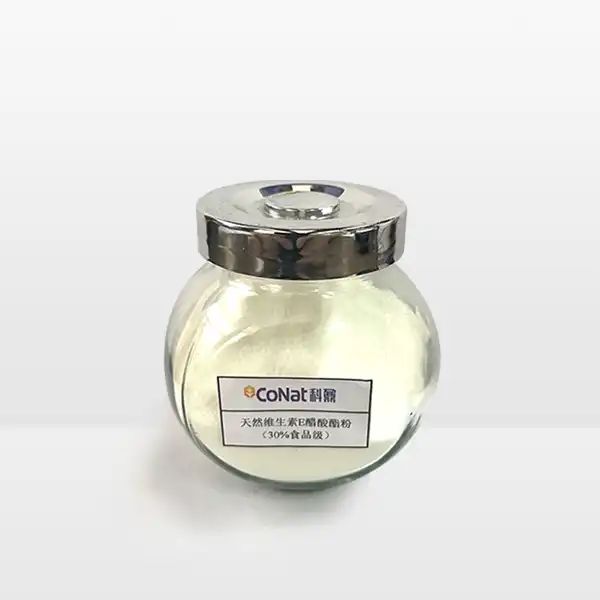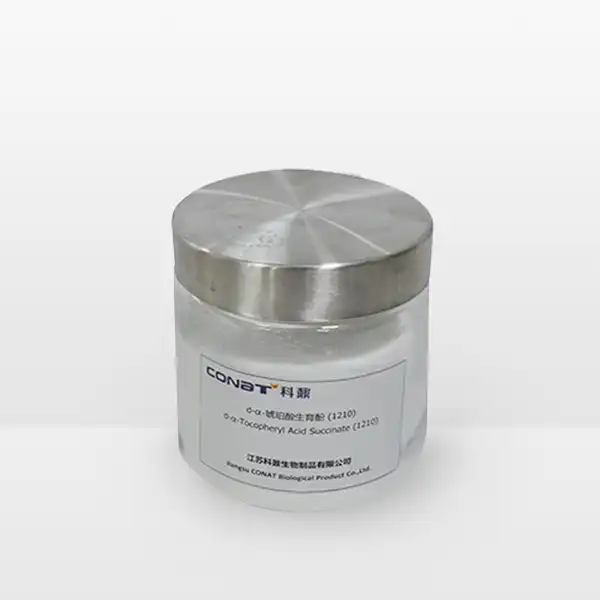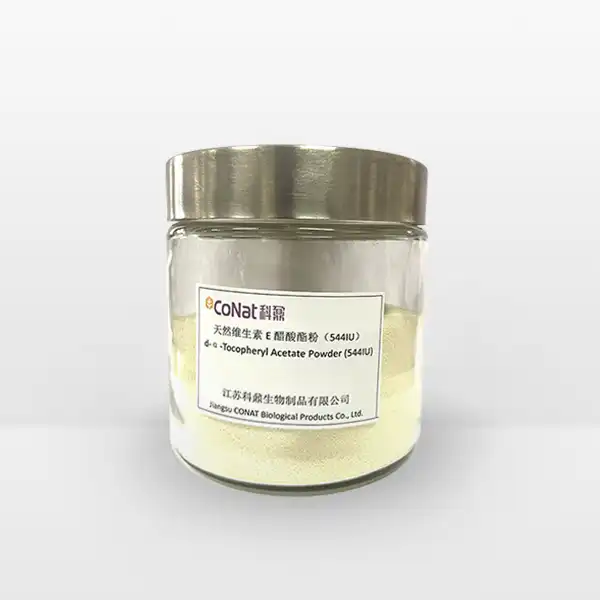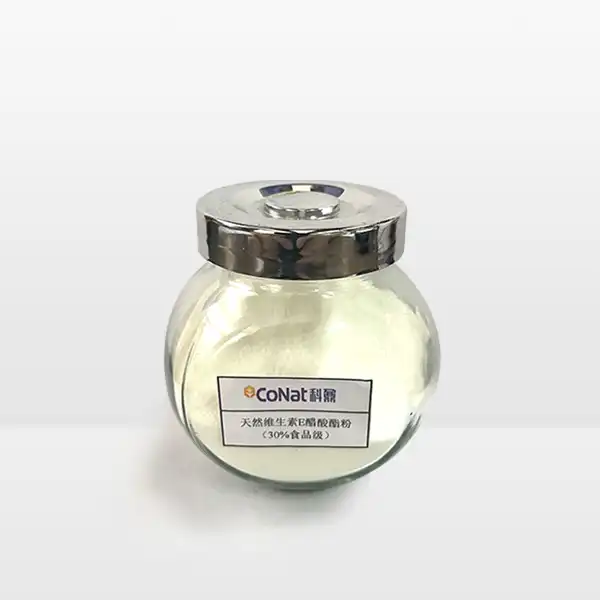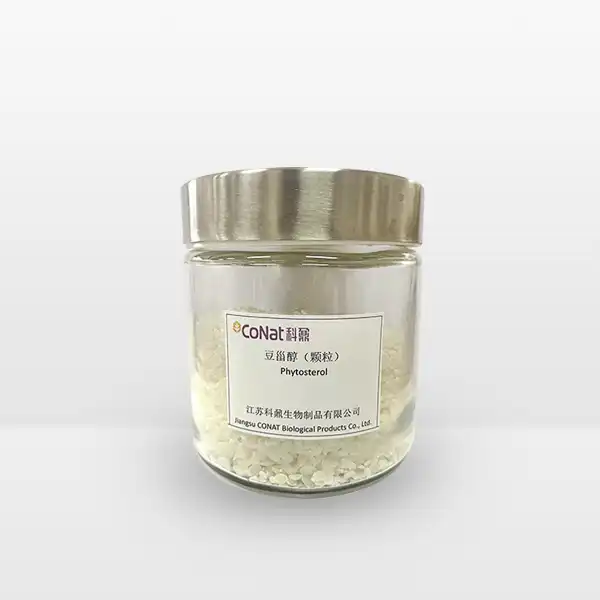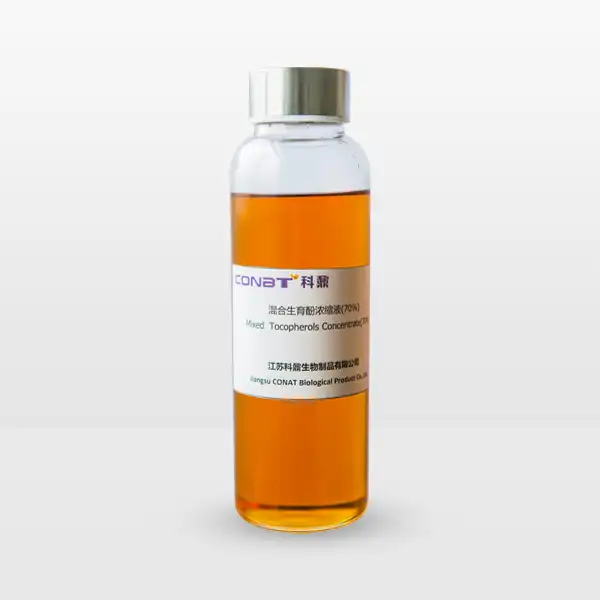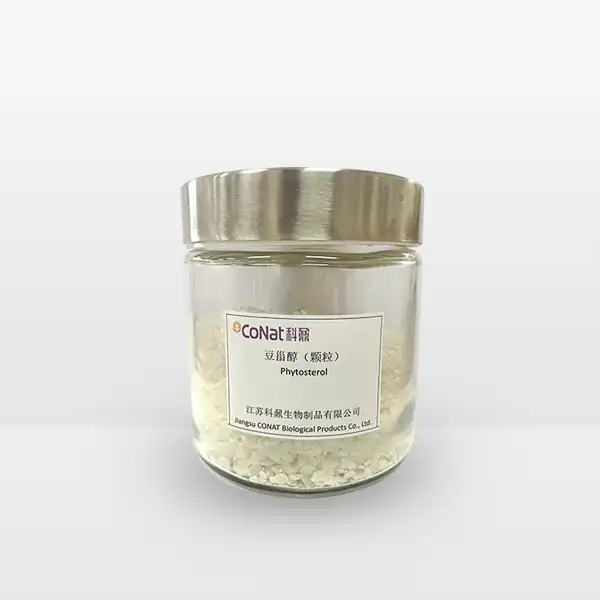- English
- French
- German
- Portuguese
- Spanish
- Russian
- Japanese
- Korean
- Arabic
- Greek
- German
- Turkish
- Italian
- Danish
- Romanian
- Indonesian
- Czech
- Afrikaans
- Swedish
- Polish
- Basque
- Catalan
- Esperanto
- Hindi
- Lao
- Albanian
- Amharic
- Armenian
- Azerbaijani
- Belarusian
- Bengali
- Bosnian
- Bulgarian
- Cebuano
- Chichewa
- Corsican
- Croatian
- Dutch
- Estonian
- Filipino
- Finnish
- Frisian
- Galician
- Georgian
- Gujarati
- Haitian
- Hausa
- Hawaiian
- Hebrew
- Hmong
- Hungarian
- Icelandic
- Igbo
- Javanese
- Kannada
- Kazakh
- Khmer
- Kurdish
- Kyrgyz
- Latin
- Latvian
- Lithuanian
- Luxembou..
- Macedonian
- Malagasy
- Malay
- Malayalam
- Maltese
- Maori
- Marathi
- Mongolian
- Burmese
- Nepali
- Norwegian
- Pashto
- Persian
- Punjabi
- Serbian
- Sesotho
- Sinhala
- Slovak
- Slovenian
- Somali
- Samoan
- Scots Gaelic
- Shona
- Sindhi
- Sundanese
- Swahili
- Tajik
- Tamil
- Telugu
- Thai
- Ukrainian
- Urdu
- Uzbek
- Vietnamese
- Welsh
- Xhosa
- Yiddish
- Yoruba
- Zulu
Can Pure D-alpha Tocopherol Be Used in Cosmetics and Skincare Products?
Pure D-alpha tocopherol, the most biologically active form of vitamin E, has emerged as a powerful ingredient in modern cosmetic and skincare formulations. This potent antioxidant has gained significant attention from skincare enthusiasts and formulators alike due to its remarkable ability to protect the skin from oxidative stress and enhance product stability. As a fat-soluble vitamin, D-alpha tocopherol possesses unique properties that make it particularly valuable in skincare applications, offering both immediate and long-term benefits for skin health and appearance. The growing body of scientific research continues to validate its efficacy in various cosmetic applications, making it an indispensable ingredient in modern skincare formulations. Its versatility extends beyond simple antioxidant protection, encompassing roles in product preservation, skin barrier enhancement, and anti-aging treatments.
What Makes D-alpha Tocopherol Different from Other Forms of Vitamin E?
D-alpha tocopherol stands out as the most potent and bioavailable form of vitamin E, setting it apart from its synthetic counterparts and other natural variants. This distinction stems from its molecular structure, which perfectly matches the form our bodies naturally recognize and utilize most efficiently. Unlike synthetic vitamin E (dl-alpha tocopherol), which contains a mixture of eight different isomers, pure D-alpha tocopherol exists in a single, naturally occurring form that demonstrates superior biological activity.
The enhanced efficacy of D-alpha tocopherol can be attributed to its stereochemistry, which allows for optimal interaction with cellular vitamin E receptors. This natural form demonstrates approximately 1.36 times more biological activity compared to synthetic versions, making it particularly valuable in skincare formulations. The molecule's structure also enables better penetration through the skin barrier, allowing it to reach deeper layers where it can provide maximum benefits.
In cosmetic formulations, D-alpha tocopherol's superior stability and antioxidant capacity make it an excellent choice for protecting other sensitive ingredients from oxidation. This characteristic not only extends product shelf life but also ensures that active ingredients remain effective throughout the product's use. Additionally, its natural origin appeals to consumers seeking clean beauty alternatives, as it aligns with the growing demand for naturally derived skincare ingredients.
The molecular configuration of D-alpha tocopherol features a chromanol ring structure with a phytyl side chain, which contributes to its exceptional stability in various formulation environments. This unique structure enables the molecule to integrate seamlessly into the skin's lipid matrix, facilitating optimal delivery of its beneficial properties. The specific arrangement of methyl groups around the chromanol ring provides maximum free radical scavenging capacity, making it particularly effective at neutralizing reactive oxygen species that contribute to skin aging and damage.
How Does Pure D-alpha Tocopherol Benefit Skin When Applied Topically?
When applied topically, pure D-alpha tocopherol demonstrates remarkable benefits for skin health and appearance through multiple mechanisms of action. Its primary function as an antioxidant provide crucial protection against free radical damage, which is responsible for premature aging and various skin concerns. The molecule's lipophilic nature allows it to integrate seamlessly into the skin's lipid barrier, where it can effectively neutralize reactive oxygen species before they can cause cellular damage.
Beyond its antioxidant properties, D-alpha tocopherol plays a vital role in supporting skin barrier function and maintaining proper hydration levels. By strengthening the skin's natural barrier, it helps prevent transepidermal water loss (TEWL) and protects against environmental stressors. This barrier-strengthening effect is particularly beneficial for individuals with sensitive or compromised skin, as it helps reduce inflammation and promotes healing.
The compound's ability to influence cell signaling pathways contributes to its anti-aging benefits. Research has shown that D-alpha tocopherol can help regulate collagen synthesis and protect existing collagen from degradation, leading to improved skin elasticity and reduced appearance of fine lines and wrinkles. Furthermore, its photoprotective properties help shield the skin from UV-induced damage, though it should not be considered a replacement for conventional sunscreen.
Recent studies have demonstrated that D-alpha tocopherol's interaction with cell membranes extends beyond simple protection. The molecule actively participates in cellular signaling cascades that regulate inflammatory responses and promote tissue repair. This involvement in cellular communication networks helps explain its broad spectrum of benefits, from reducing inflammatory markers to enhancing wound healing responses. Clinical observations have shown significant improvements in skin barrier function within 4-8 weeks of regular application, with enhanced moisture retention and reduced sensitivity to environmental triggers.
The compound's ability to modulate melanin production has also been documented, suggesting potential applications in treating hyperpigmentation and uneven skin tone. This effect is believed to be mediated through its influence on tyrosinase activity and melanocyte function, though the exact mechanisms continue to be studied. Additionally, D-alpha tocopherol has demonstrated synergistic effects with other skin-brightening agents, enhancing their efficacy while providing its own protective benefits.
What Are the Best Ways to Incorporate D-alpha Tocopherol into Skincare Formulations?
Successfully incorporating D-alpha tocopherol into skincare formulations requires careful consideration of various factors to ensure maximum stability and efficacy. The concentration of D-alpha tocopherol in cosmetic products typically ranges from 0.5% to 1%, though higher concentrations may be used in specific treatment products. The optimal concentration depends on the formulation's intended purpose and the presence of other active ingredients.
Stability considerations play a crucial role in formulating with D-alpha tocopherol. While it acts as an antioxidant to protect other ingredients, the molecule itself can be susceptible to oxidation when exposed to air and light. Therefore, proper packaging and storage conditions are essential to maintain the ingredient's efficacy throughout the product's shelf life. Airless pumps or opaque packaging can help protect the formulation from degradation.
The vehicle chosen for D-alpha tocopherol delivery significantly impacts its effectiveness. Oil-based formulations generally provide better stability and enhanced penetration compared to water-based systems. When incorporating Pure D-alpha Tocopherol into water-based formulations, proper emulsification techniques and the use of appropriate co-solvents become crucial for maintaining stability and ensuring even distribution throughout the product.
Advanced delivery systems have been developed to enhance the stability and bioavailability of D-alpha tocopherol in various formulation types. Microencapsulation technologies can protect the molecule from degradation while allowing controlled release into the skin. Nanostructured lipid carriers (NLCs) and solid lipid nanoparticles (SLNs) have shown promising results in improving the compound's penetration and stability characteristics. These sophisticated delivery systems can help overcome some of the traditional challenges associated with vitamin E formulation, such as oxidative degradation and limited water solubility.
The pH of the final formulation also plays a critical role in maintaining D-alpha tocopherol stability. Research indicates that slightly acidic conditions (pH 4.5-6.0) provide optimal stability for the molecule while remaining compatible with skin physiology. Formulators must carefully balance the need for stability with other formulation requirements and the presence of pH-sensitive ingredients.
Temperature control during manufacturing and storage is another crucial consideration. Exposure to elevated temperatures can accelerate oxidation and degradation of D-alpha tocopherol. Therefore, implementing appropriate temperature control measures during production and establishing proper storage guidelines becomes essential for maintaining product integrity.
Synergistic combinations with other antioxidants can enhance the overall effectiveness of skincare formulations containing D-alpha tocopherol. Particularly noteworthy is its relationship with vitamin C, where the two ingredients work together to provide enhanced photoprotection and anti-aging benefits. Similarly, combining D-alpha tocopherol with ferulic acid has been shown to improve stability and increase the overall antioxidant capacity of the formulation. Recent research has also highlighted promising combinations with other botanically derived antioxidants, such as green tea polyphenols and resveratrol, which can create more comprehensive protective systems against various forms of oxidative stress.
The selection of complementary ingredients extends beyond antioxidants to include appropriate preservatives, chelating agents, and stabilizers that can help maintain the integrity of Pure D-alpha Tocopherol while ensuring product safety and efficacy. Careful consideration must be given to potential interactions between these auxiliary ingredients and the active components to avoid any negative impacts on stability or performance.
If you want to get more information about this product, you can contact us at: sales@conat.cn.
References
1. Journal of Cosmetic Science (2023) "Stability and Efficacy of Natural Vitamin E in Cosmetic Formulations"
2. International Journal of Molecular Sciences (2023) "The Role of Vitamin E in Skin Health"
3. Dermatology Research and Practice (2022) "Topical Vitamin E: Mechanisms of Action and Clinical Applications"
4. Clinical Interventions in Aging (2023) "Antioxidants in Dermal Aging: Focus on Vitamin E"
5. Journal of Dermatological Science (2022) "Bioavailability of Topical Antioxidants"
6. Cosmetics & Toiletries (2023) "Formulating with Natural Vitamin E: Best Practices"
7. Archives of Dermatological Research (2022) "Vitamin E in Dermatology"
8. Pharmaceutical Development and Technology (2023) "Stability of Vitamin E in Cosmetic Formulations"
9. European Journal of Pharmaceutics and Biopharmaceutics (2022) "Topical Delivery Systems for Vitamin E"
10. Journal of Controlled Release (2023) "Advanced Delivery Systems for Cosmetic Antioxidants"
YOU MAY LIKE
